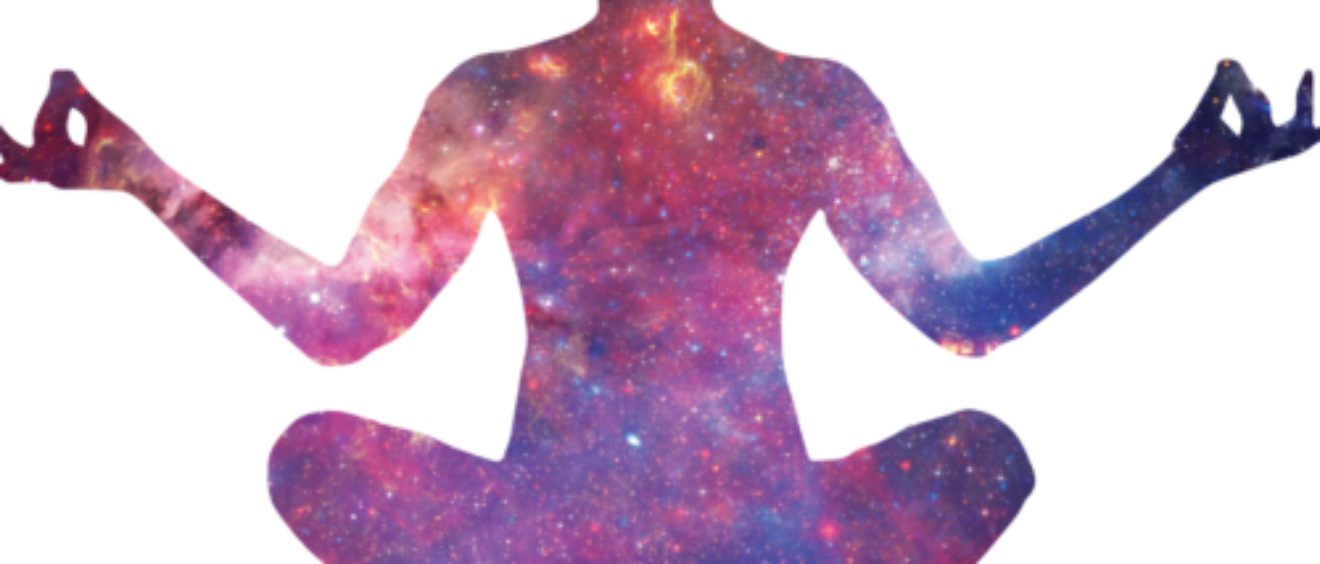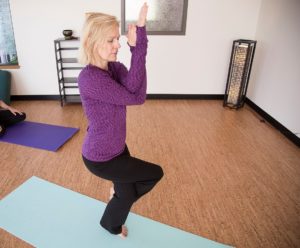
How to Reduce Stress with Yoga
The stress from the COVID-19 pandemic is as unprecedented as the the public health regulations and recommendations needed to control it. There’s stress around the fear of getting infected. There’s stress around making a living as the economy contracts. Parents are stressed about their children keeping up with their education. There’s stress in the uncertainty about how long this will last.
Especially amidst this coronavirus pandemic, it’s important to set aside time for yourself to reduce stress levels and process what’s happening for you and your family, even if only for a couple minutes. If you’re looking for a way find some inner peace and balance, yoga reduces stress with simple and accessible tools.
A Holistic Approach to Stress Relief
The pressure can build up, and a sense of discomfort can make us turn to habitual discomfort relievers – checking social media, turning on your favorite reality TV show or heading to the junk food cabinet. We have all been there in the last several months. These temporary pressure relievers are unable to offer lasting stress relief. Yoga is a holistic approach to stress relief that synchronizes your body and mind to help you come back to your center so that you can mindfully do the best you can in these circumstances.
Research has shown that regularly practicing yoga can help to reduce stress hormones like adrenaline and cortisol, lower blood pressure, and increase blood flow.
Stress-Relieving Yoga Tools
When it comes to yoga for stress relief, it’s all about awareness, holding attention, and breathing. Start with awareness of where you are beginning (body, mind, emotions). Hold attention on the breath or the coordination between the breath and the movement. By focusing on breathing, you will have more conscious respiratory rhythm, which helps you tune your nervous system. Incorporating meditation (again, holding attention in one place) into your routine will help you become more mindful of the world around you and, more importantly, yourself.
When you focus your attention on one specific aspect like breathing, you temporarily offload the stressors of the world around you to gain new perspectives and regulate your autonomic nervous system
Table to Child’s Pose (Cakravakasana)
Use this posture to connect to your breathing and to stretch your low back. To get into Child’s Pose, start with a tabletop on your hands and knees. Place your knees hip-distance apart and your hands below your shoulders. On an exhale, hug in belly muscles. Lower your forearms to the floor and slowly move your hips toward your heels as you lower your head and chest toward the floor. Repeat the posture several times and then rest in the Child’s Pose for six full deep breaths.
Cranky Knees? Sit on a chair and fold chest toward thighs on an exhalation.
Morning: Make inhalation and exhalation equal in length to energize. Progressively make the inhale and exhale longer.
Evening: Focus on progressively lengthening your exhale to calm and relax.
Eagle Pose
Pauline Zweck, RYT-200 pictured above in Eagle Pose
Balancing poses require deep concentration, which makes them effective for stress relief. All your energy is focused on staying upright, keeping you in the moment and helping you forget about the stressors around you. Eagle Pose is also a great posture for relieving stress in the upper back and shoulders. If you’re having trouble balancing, try staring at a fixed object or spot in the room. Choose something that’s pleasing or calming to you.
To get into Eagle Pose, begin by standing with your feet hip-width apart and your shoulders down and back. Making sure all your movements are slow and smooth, pick up your right leg and cross it over your left, standing on one foot. Imagine you are sitting on a chair that is not there. Now, cross your left arm over the top of your right arm at the elbows, and bring the back of your hands together. Bend your elbows until your hands are in front of your face. Hold Eagle’s Pose for at least six full breaths before switching to the other side.
Holistic Stress Relief
Stress is not a new invention brought on by the coronavirus outbreak but it provides a learning opportunity. By learning to stay present amidst the storm of the pandemic, you will embed tools for a lifetime. Practicing yoga impacts every layer of who you are – physical, physiology, mind, character and heart. You can become a stronger, healthier person and relieve stress by regularly practicing simple and accessible yoga techniques, leading to an overall higher quality of life.

